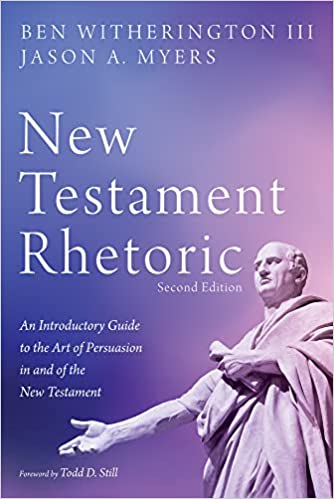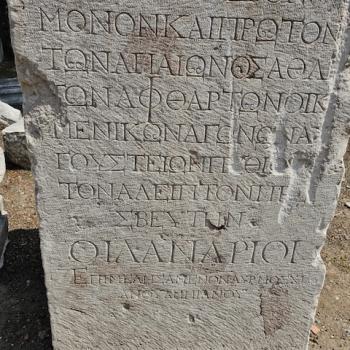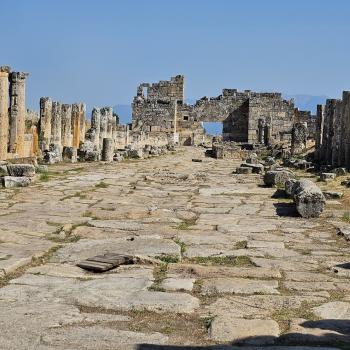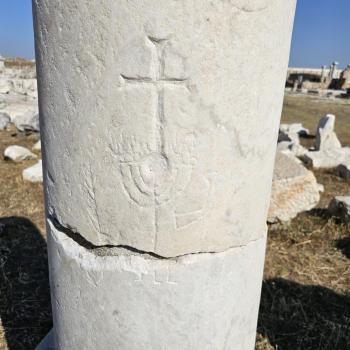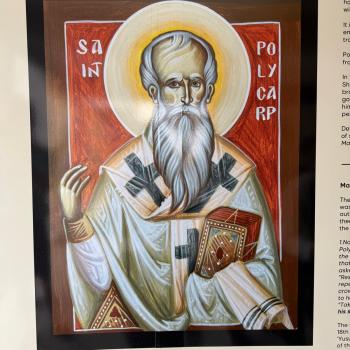One of the main reasons for paying attention to rhetoric and its evolution during the Empire is because, like in the case of Dionysius of Halicarnassus, there was a reaction to the 2nd Sophistic and florid Asiatic rhetoric, and we see the echo of this in Paul’s writings, especially in 1-2 Corinthians, where he stresses he is interested in persuading, not entertaining, in the more disciplined forms of rhetoric (see B.W. Winter’s good monograph Is Paul Among the Sophists). So it will be worth our while to give attention now to Philostratus and the 2nd Sophistic. Bowersock (p. 95) stresses: “In the Second and early Third centuries performing rhetoricians won unprecedented popularity and prestige through bravura declamations before large audiences. These showmen, who brought new vitality to the myths and history of the Greek past, were known as sophists….The sophists of the Roman Empire were a product of a long and unbroken tradition. The quarrels of the Hellenistic rhetoricians and the long evolution of the controversy over the relative merits of the plain ‘Attic’ and orotund ‘Asianic’ styles illuminate the continuity in the history of rhetoric. What makes the sophists of the second and early third centuries distinctive is not that they represent anything really new in themselves but rather that they achieved such immense worldly success[see e.g. Herodes Atticus and the theater he built in the shadow of the Parthenon on the side of the acropolis, so he could declaim to the adoring masses.]. Many acquired vast wealth and highly influential friends. Several were advisers and confidants of emperors. There performances were crowded with admirers, and their schools were filled with the intellectual elite of the Greek world. This effulgence of sophistry under the emperors is commonly called the Second Sophistic. The sophistic of Gorgias was the first.” Philostratus enshrined all this in his Lives of the sophists, composed as Christianity was on the rise, looking back at the earlier era (ca. 230-37 A.D.).
It was in fact Philostratus who provided the hagiography of Apollonius of Tyana, whose shrine was dedicated in 215 A.D. after which Philostratus wrote his encomiastic biography of the man complete with tales of miracles. It bears more resemblance to a Greek novel, than to history or sober biography of any sort. It provided pagans with a sort of anti-Gospel about an anti-Christ figure. Christians would react to this work in the third and well into the 4th century, as Bowersock notes. Even Eusebius felt compelled to take on Hierocles in the early years of the fourth century for his promotion of Apollonius as a pagan alternative to Christ. Of course Apollonius was a figure of the late second and early third centuries, and one has to wonder whether Philostratus had known some of the original Gospels, and modelled his portrait of Apollonius on them. By the time he was writing this, the Gospels had spread widely in the Empire, especially in the Greek east, as well as in Rome and its environs, and Philostratus, while he was born on the island of Lemnos in fact lived in a variety of places and served in the court of the Syrian ruler Julia Domna. By that time, the Gospel was already available there in Syriac. In our next post we must turn to that hypochondriac orator, Aelius Aristides from the middle of the second century A.D.


